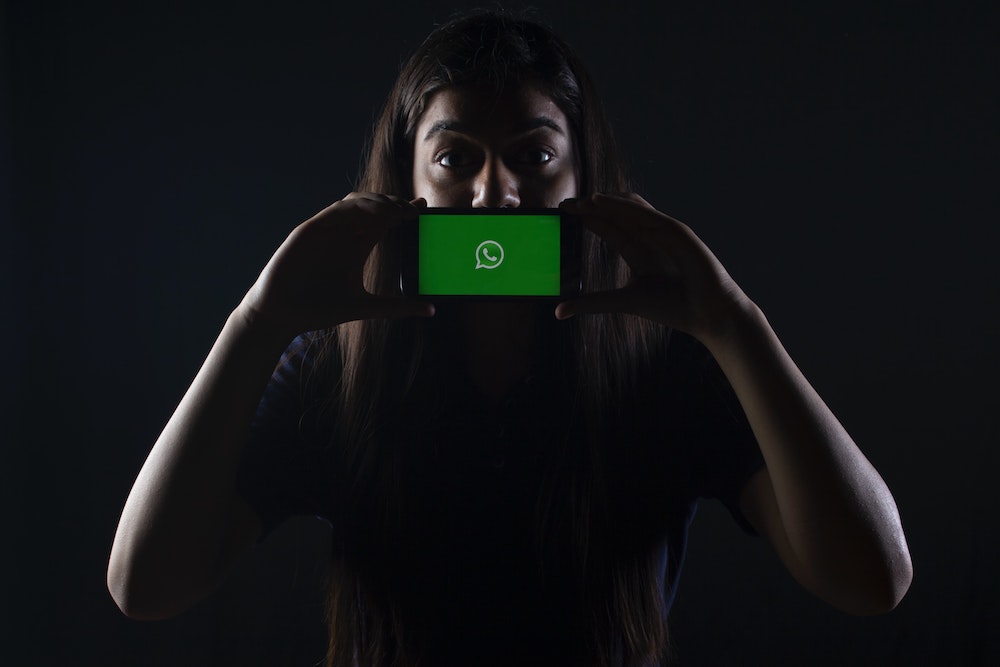Fill Me In
Your phone chimes, and the screen lights up. It’s yet another notification from your WhatsApp group with your extended family, with one of your relatives sending a piece of news that they’ve received. Such messages usually come with fervent warnings – don’t eat this; don’t open that; something’s going to happen! – that get passed down the chain. Yet, with every game of broken telephone, how do we know what’s true and what’s not?

Filtering out false news
And with elderly relatives easily taken in by the persuasive – and seemingly legitimate nature – of such messages, how do we ensure that they do not fall prey? Indeed, a study conducted by the Institute of Policy Studies (IPS) showed that most Singaporeans tended to believe anything they are told, especially if that piece of news is told to them by trusted family and friends.
The IPS conducted face-to-face interviews with over 2,000 people from 1 November to 31 December 2019. This study examined the effect of false information on Singaporeans, and gauged the tendency of individuals to believe such information.
What did the study entail?
The study gave participants a fake news article, which they were tasked to analyse and conclude if it was true or false. Some giveaway signs included a clickbait title, an edited URL, as well as the insertion of various made-up names, such as the ‘Ministry of Health and Hygiene’.
Are warning bells already going off in your head? Strangely, these telltale signs weren’t as evident to the participants, with a staggering 66 per cent trusting the false news article. The profiles of these individuals comprised the elderly, as well as those that usually trust online information.

75 per cent of the participants also previously shared false information via their social media pages, or through messaging apps such as WhatsApp. The source of such information usually came from family and friends, giving them the extra impetus to trust anything that came from such familiar sources.
The study also showed that the three topics that people usually believed misinformation about pertained to lifestyle topics, subjects about health and medicine, as well as international and foreign discussions.
What can be done to help?
Sifting through false news can be easy – especially if you have a discerning eye. Here are some tips:
Always check your sources
Everything posted on social media – e.g. Facebook, Instagram, Twitter, etc. – has to come from somewhere. Don’t just look at the title of the article or piece of news; always click in, and check out the source. Print newspapers, radio, and television broadcasts tend to be more legitimate. Plus, don’t forget that this applies to messages sent through WhatsApp or Telegram as well!

A few things to check are the URL, whether there are multiple misspelt words or grammatical errors, any bizarre facts, and so on.
Always get a second opinion
As with all things in life, sometimes it’s always better to consult a second opinion. One option is to search for related articles, and to check with additional news sources to verify the information.
Help each other out
When you spot your family and friends sharing fake news, always do your part to stop them! More often than not, they’re doing so unknowingly – and will definitely appreciate the heads-up.
What if all that still isn’t enough?
Yet, in another light, how do we know our news sources can really be trusted? In 2020, Singapore ranked a dismal 158 out of 180 on the Press Freedom Index, with various “out-of-bounds” topics that are frowned upon. With such regimentation, it’s natural for alternative news outlets to push out their own version of what’s going on in the country.
This is where Singapore’s Protection from Online Falsehoods and Manipulation Act (POFMA) comes into play, which exists to help the rampant spread of such misinformation. An instance where POFMA was activated happened earlier this year, where a fake post posited a total of 5,573 confirmed COVID-19 cases, claiming that 1,146 cases were confirmed in a single day.
The Government invoked POFMA against The States Times’ Facebook page, requiring them to publish a post containing the accurate and corrected information. In late January 2020, a post on HardwareZone also instigated widespread alarm by propagating false news about Singapore’s first COVID-19 related death. The POFMA office then instructed the online forum to publish a corrected notice, which will be available for all its readers.

So, what do you think? Have YOU been a victim of fake news? No matter your stand, always think twice before you believe anything you read!
THG’s Facebook and Instagram, and get the latest updates via Telegram.




























